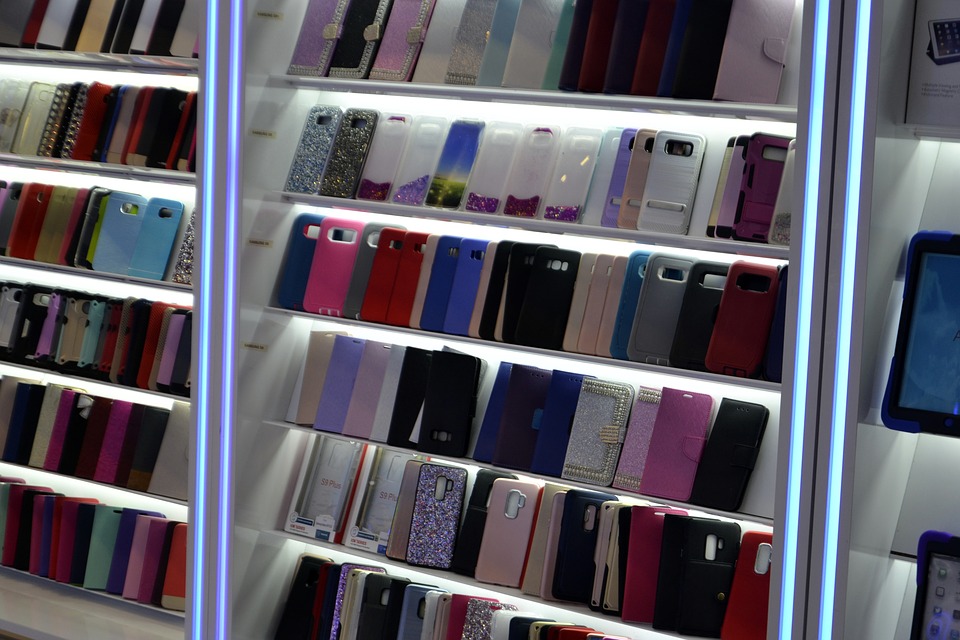
When the fourth largest wireless telecommunications provider in Canada, controlling about 6% of market share, is possibly up for sale, it is only natural that consumers and legislators be interested in the specifics of the deal. How will this affect pricing and rates? Will it lead to more or less competition over the Canadians’ ears and pockets? Most importantly, though, does the Competition Bureau have a reason to intervene here?
We’re here to set things straight. Let’s dive deeper into this deal and try to understand what Canadian consumers should know about it.
Shaw Communications
Freedom Mobile is currently owned by Shaw Communications, a telecommunications company based in Calgary and operating in several provinces across the nation. Shaw is not a new name in the game. It has been around since 1966, providing cable television and telephone services at first. In 2016, Shaw purchased Freedom Mobile (then Wind Mobile) for around 2 billion CAD. That deal seems to have been worth it, since in 2018 alone the company’s revenue was 5.4 billion CAD.
What about pricing? Well, there’s good news here. 2015 saw a rise in spending on wireless and internet services, but 2018 ended with an overall decline in prices. This decline can be explained partly by virtual network operators giving the big carriers a fight. Basically, these virtual operators buy services at wholesale rates from the big carriers, enabling them to sell it for cheap - kind of like a ‘low-cost wireless provider’. One of these virtual operators is Shaw Mobile, and if the name rings a bell, you’re not mistaken. Shaw Mobile buys its services from no other than Freedom Mobile these days, but that might change if Freedom ends up changing ownership - and here’s the reason why.
Enter Rogers Communications
Now comes the supposed bad news. Earlier this year in March, Canadian telecommunications giant Rogers Communications announced that it wants to buy Shaw for a remarkable price of more than 33 billion CAD. This does not sound promising, since it means Shaw will be swallowed by Rogers, which already owns other providers such as Rogers Wireless and Fido Mobile, instead of competing with it. This is true not only for the wireless sector, since Rogers and Shaw also compete over other sectors, such as internet and television services.
Needless to say, this move is under heavy public scrutiny, which might lead legislators to intervene. In that case, Rogers will have to divest Freedom Mobile - and some buyers are already showing interest. For that reason, we do not believe prices are set to rise in the second half of 2021, especially not with the current ‘economic mood’, still affected by the pandemic and the unemployment rate that is a result of it.
A bit of history
Freedom Mobile was founded in 2008 under the name of Wind Mobile, as part of the government’s move to increase competition in the Canadian wireless market. Its parent company at the time, Globalive, used funding from an Egyptian company to complete the deal and launch the cellular network - a move which ended up causing it a whole lot of legal headache, but did not prevent it from going live at the end of the day. By mid-2010, Wind was already boasting over 100,000 active users in Ontario.
Several changes in ownership were made in 2014, before Shaw Communications took over, including partial ownership by Canadian entrepreneur Alex Shnaider, Michael Serruya from Serruya Private Equity Inc., and the company’s former CEO Anthony Lacavera, among other names. The company also expanded to several other provinces, along with an attempt to buy out one of its big competitors at the time, Mobilicity (ironically owned today by Rogers Communications).
2016 marked the end of an era for Wind Mobile, as it was renamed Freedom Mobile when purchased by Shaw. The reported 2 billion CAD sale brought great profit to Alex Shnaider, Michael Serruya, Anthony Lacavera and the others at the time – a return of over %300 from the deal, to be exact. West Face, the main investor, even won the Turnaround of the Year Award in 2016, granted by the Turnaround Management Association, for maximizing Wind Mobile’s profitability. Today the company covers regions in Ontario, Quebec, Alberta, and British Columbia, and plans on expanding further.
A look to the future
The final question remains: What will be of carrier rates in the near and far future? According to experts we’ve talked to, there’s no reason to be alarmed. With all of the buzz around this acquisition, authorities will not let it harm the competition in this market. Furthermore, as more and more networks (especially virtual ones) join in, prices are only supposed to drop. Having said that, rates in the Canadian market are still relatively very high, so there’s still a lot of work to be done to bring some sanity into this industry.
 QUICK LINKS
QUICK LINKS